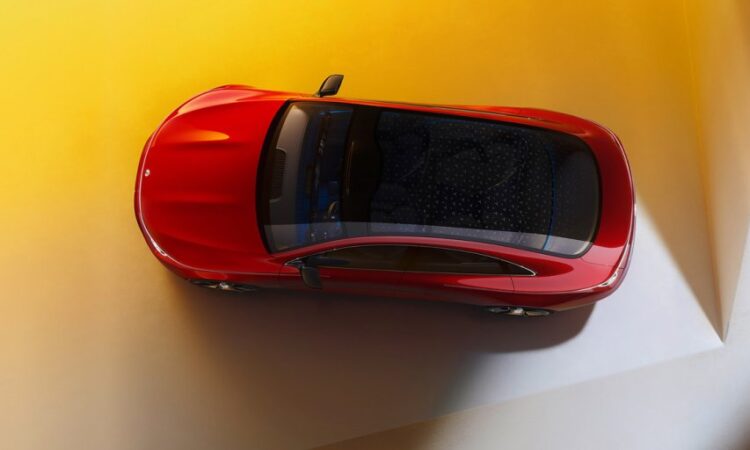Mercedes-Benz is determined to accelerate the change to a more sustainable future. At this year’s IAA Mobility 2023, the company demonstrates its progress across the entire value chain by showcasing its Concept CLA Class. The close-to-production concept provides an insight into the upcoming family of vehicles based on the Mercedes‑Benz Modular Architecture (MMA) and its in-house operating system MB.OS. It is the first model range designed from scratch to put the company’s Ambition 2039 on the road, whereby it aims to achieve net carbon-neutrality along the entire value chain in its fleet of new vehicles in 2039. The Concept CLA Class also benefits from the company’s “Design for Environment” and “Design for Circularity”. Here are the key facts and figures:
1. Next-generation MMA electric-drive system – engineered for electric efficiency
Directly derived from the innovative electric-drive system in the VISION EQXX, the new in-house developed drivetrain comprises an 800 V electric architecture combined with a battery with exceptional energy density and a highly efficient electric drive unit.
#750 km: With an anticipated range of more than 750 km (466 mi) (WLTP)[1], the electric drive leads by a considerable margin, defining the benchmark in its class.
#EnergyConsumption: Around 12 kWh/100 kilometres (5.2 mi/kWh) makes the hypermiling Concept CLA Class the one‑litre car for the electric age.
#HeavyRareEarths: Permanent magnet synchronous motor features significantly lower share than previous generations – close to 0 percent.
#EnergyDensity: High-voltage battery with high-degree of functional integration and cell packaging reduces overall weight and increases efficiency.
2. Technology transfer from VISION EQXX
In addition to the electric drive system, the Concept CLA Class and the MMA platform benefit substantially from learnings derived from the groundbreaking VISION EQXX.
#BioniCast: Applying the principles of nature, this award-winning digital engineering method helps conserve resources by optimising material use. A number of components in the MMA platform have been optimised using these techniques, including the rear-axle console, battery console and suspension components.
#SustainableMaterials: The floor mats in the Concept CLA Class are woven from bamboo fibre, while the door pockets are edged in a biotechnology-based and certified vegan, high-strength, hardwearing silk-like fabric. The seats are upholstered in sustainably produced and processed leather.
#HeatPump: Extracts heat from the drivetrain and the ambient outside air – even at sub-zero temperatures – to heat the cabin of the Concept CLA Class.
3. Putting Ambition 2039 on the road – decarbonising the supply chain
With batteries, steel and aluminium among the major contributors to the carbon footprint of EV production, Mercedes‑Benz has set clear emissions-reduction targets through decarbonisation of focus materials, increased recycled content and the use of renewable energies.
#Decarbonisation: Reducing the carbon footprint of the entire MMA fleet by well over 40% across the entire value chain compared with the previous car line-up.
#Batteries: Not only is cell production net carbon neutral but also cathode production. This reduces the carbon footprint of the cells by 40%.
#SteelAluminium: Advances in the steel and aluminium supply chain including recycled content and use of renewable energies targets combined savings of around 400 kg CO₂ per vehicle.
#RecycledAluminium: Next milestone is aluminium castings for structural components containing at least 25% post-consumer scrap.
4. Design for Environment and Design for Circularity
Design for environment starts at the very earliest stages of product development. All materials and processes are examined for more sustainable options. Design for circularity means reducing resource consumption through circular material cycles, more efficient processes, and an increasing share of recycled materials.
#SustainabilityThroughInnovation: From advanced battery chemistry to alternative and recycled materials.
#RecycledRawMaterials: Targeting average of 40% secondary raw materials in car fleet to by 2030.
#BetterBatteries: In 3 steps: Reconditioned replacement parts – stationary energy storage – recycle. Recycling factory in Kuppenheim is “mine of tomorrow”.
[1] In real driving conditions, deviations from the certified standard values may occur. The real values are influenced by a variety of individual factors, e.g. individual driving style, environmental and route conditions.


